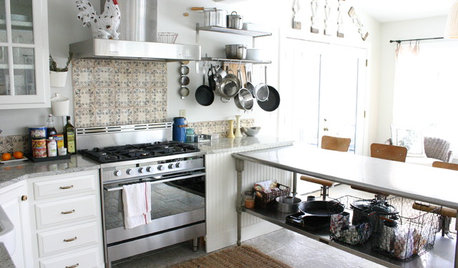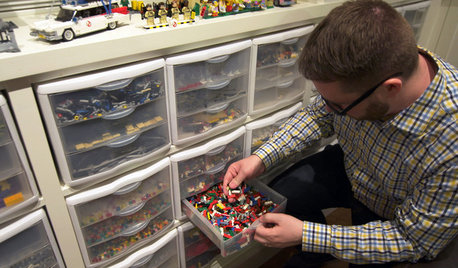What to do with worm bin leachate?
robynfarrel
12 years ago
Featured Answer
Sort by:Oldest
Comments (27)
digger10r
12 years agolast modified: 9 years agolook_out
12 years agolast modified: 9 years agoRelated Professionals
Wakefield Landscape Contractors · Fort Worth Landscape Contractors · Holland Landscape Contractors · La Verne Landscape Contractors · Panama City Beach Landscape Contractors · Arlington General Contractors · Albany General Contractors · Jackson General Contractors · Montclair General Contractors · Olney General Contractors · Park Forest General Contractors · Pepper Pike General Contractors · Rohnert Park General Contractors · Rotterdam General Contractors · Joppatowne General ContractorsJerilynnC
12 years agolast modified: 9 years agoequinoxequinox
12 years agolast modified: 9 years agorobynfarrel
12 years agolast modified: 9 years agoOklaMoni
12 years agolast modified: 9 years agorobynfarrel
12 years agolast modified: 9 years agopatrick1969
12 years agolast modified: 9 years agoreedandleaf
12 years agolast modified: 9 years agoKarchita
12 years agolast modified: 9 years agorobynfarrel
12 years agolast modified: 9 years agoZack winter
8 years agoKimC
8 years agolast modified: 8 years agohummersteve
8 years agocharitycomposter
8 years agoAngela Biddenback
8 years agohummersteve
8 years agoloveallaround
6 years agoZack winter
6 years ago11otis
6 years agotheparsley
6 years agolast modified: 6 years ago11otis
6 years agohummersteve
6 years agoShaul
6 years agodaveed513
5 years agoShaul
5 years ago
Related Stories

GARDENING GUIDESHouzz TV: Make a Worm Bin for Rich Soil and Happy Plants
A worm-powered compost bin that can fit under a sink turns food scraps into a powerful amendment for your garden. Here’s how to make one
Full Story
GARDENING GUIDESGet on a Composting Kick (Hello, Free Fertilizer!)
Quit shelling out for pricey substitutes that aren’t even as good. Here’s how to give your soil the best while lightening your trash load
Full Story
KITCHEN DESIGNCockadoodledoo! Roosters in the Kitchen
Add Country Charm and Good Luck With a Chicken in the Cucina
Full Story
FARM YOUR YARDHow to Grow Vegetables in Containers
Get glorious vegetables and fruits on your patio with a pro’s guidance — including his personal recipe for potting mix
Full Story
HEALTHY HOME6 Tips From a Nearly Zero-Waste Home
Lower your trash output and increase your quality of life with these ideas from a mom who did it to the max
Full Story
EDIBLE GARDENSHow to Grow Your Own Sweet Summer Crops
This guide will help any gardener get started on growing the freshest warm-season veggies and berries for summer
Full Story
BASEMENTSHouzz TV: This Guy’s Giant Lego Collection Proves Everything Is Awesome
You may have seen our story about this architect’s Lego-filled basement. Now watch the video to see just how he organizes all 250,000 pieces
Full Story
HOUSEKEEPINGHow to Fix a Stinky Garbage Disposal
No plumber’s fee or even a trip to the hardware store is required with these easy solutions
Full Story
BUDGET DECORATING9 Tricks to Boost Your Home’s Appeal for Less Than $400
Whether you’re redecorating or just doing a quick update, check out these ways to enhance your home on a budget
Full Story
INSIDE HOUZZUsing Houzz: Create a Home To-Do List
See how to use an ideabook to keep track of your home projects this year
Full StoryMore Discussions


hummersteve